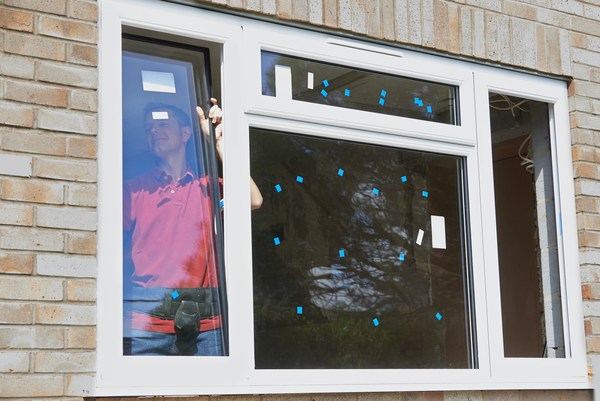Lower your tax liability with the energy tax credits for homeowners in 2021 by making simple home energy efficiency improvements.
Energy efficiency improvements not only improve your home’s energy efficiency and lower your utility bills, but they may also lower your taxes. Homeowners can still claim an energy tax credit in 2021 that helps decrease their tax liability while doing something great for the environment.
The Residential Renewable Energy Tax Credit 2021
The Residential Renewable Energy Tax Credit is a tax credit for energy-efficient home improvements made through 2021. It applies to any solar, wind, geothermal, or fuel cell energy-efficient changes you make. The credit is good throughout 2021 but decreases each year.
The amount you can claim depends on when the changes were made.
- If you made the energy-efficient changes by 12/31/2019, you get a 30% credit
- If you made the energy-efficient changes before 1/1/2021 you get a 26% credit
- If you made the energy-efficient changes before 1/1/2022 you get a 22% credit
The credit is a percentage of the equipment’s cost. This includes the cost to install it. The only cap is a $500 cap on fuel cell per half-kilowatt of power limits. The credit is non-refundable, but you may carry any unused portion forward.
Equipment Tax Credits
The Non-Business Energy Property Tax Credits previously set to expire have been extended through December 31. The credit is equal to 10 percent of the equipment cost (typically installation isn’t included). This includes equipment, such as central AC, water heaters, gas-powered boilers, insulation, metal and asphalt roofs, windows, and doors.
Other Incentives
In some cases, you may get other incentives to lower the cost of energy-efficient changes. This depends on your location and the changes made, but a few common incentives include:
- A rebate from your electric company – Some companies offer a fixed rebate for specific energy-efficient changes (note, this reduces your federal tax credit, but decrease your out-of-pocket costs
- A rebate from your state government – Some states offer a one-time rebate for energy-efficient improvements
Choosing the Right Energy Efficient Improvement
Energy-efficient improvements can get expensive but help in the long run. Look not only at the cost to install the equipment, but at the savings it will allow throughout its lifetime. You’ll save on utility costs as well as your taxes, at least for the year 2021
One of the most affordable and very DIY-capable changes you can make is the programmable thermostat. Homeowners save as much as 10 percent each year with a thermostat that turns back from its optimal setting up to 8 hours a day, whether when you’re not at home or at night. It’s a great way to kick start your energy efficiency and save money.
If you’re going to make energy-efficient changes, this is the year to do it as the tax credits are set to expire in the next two years. The sooner you make the changes, the more money you’ll save over the time you own the home.







